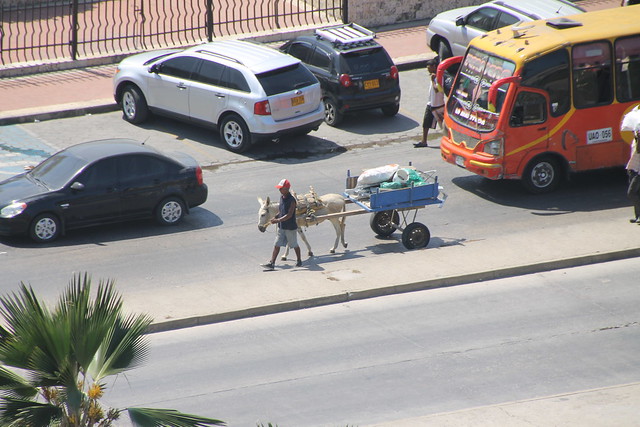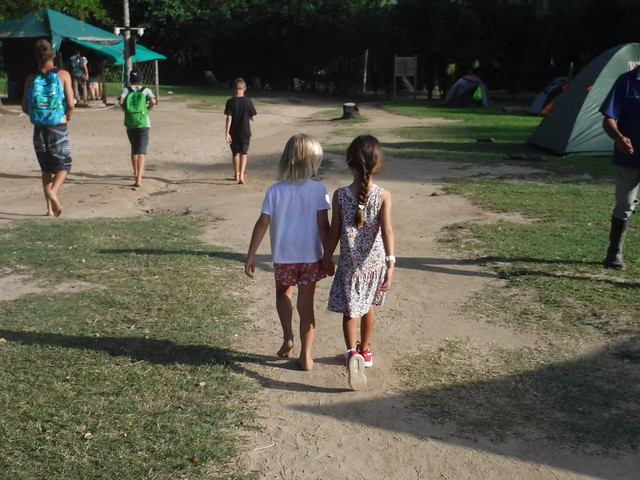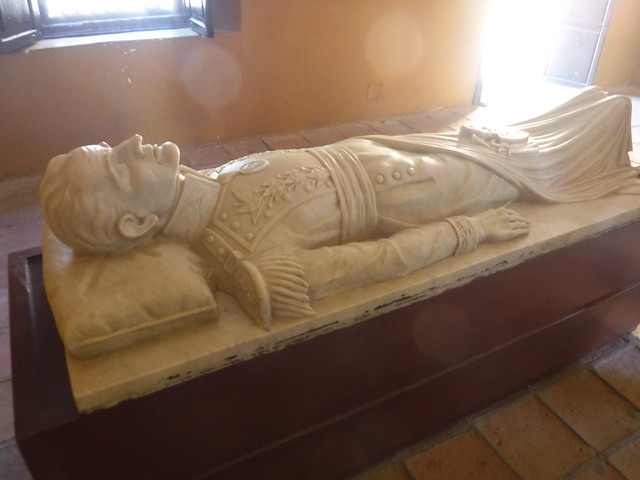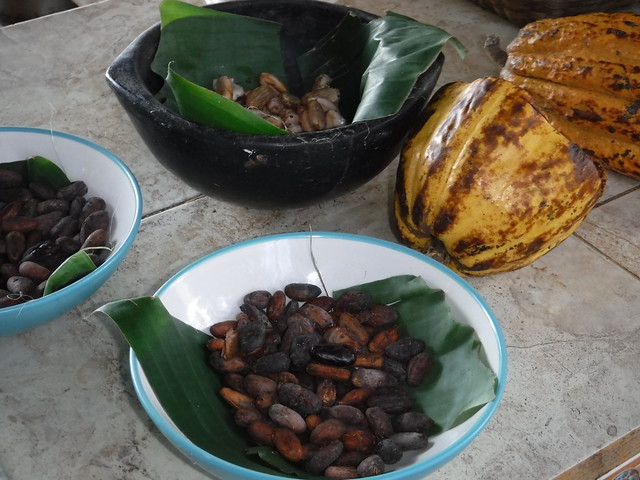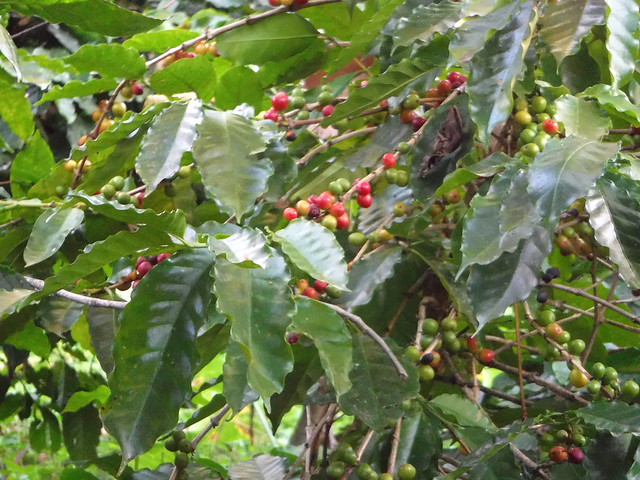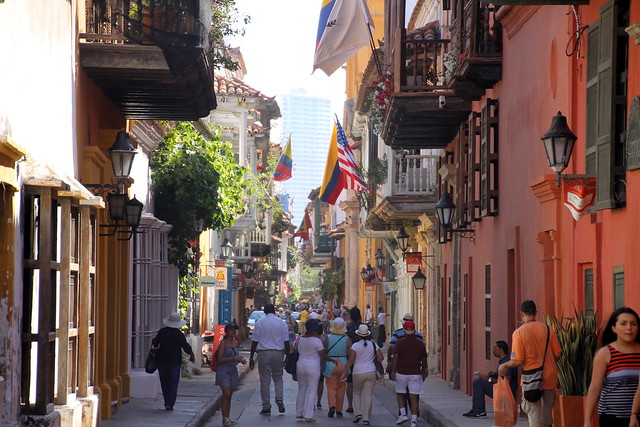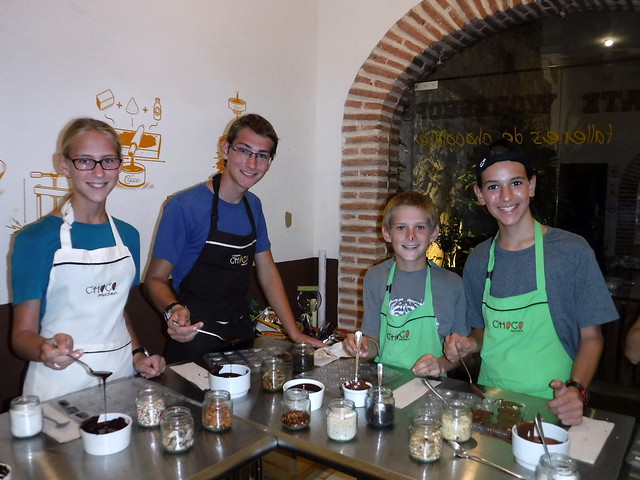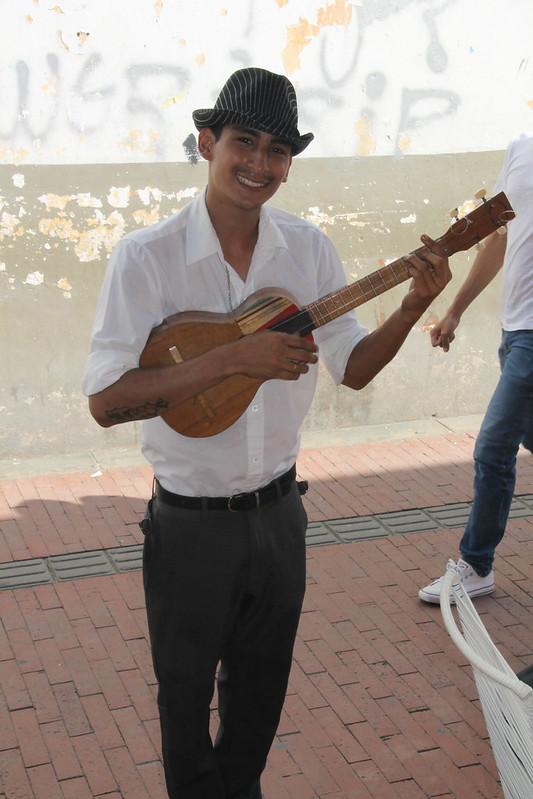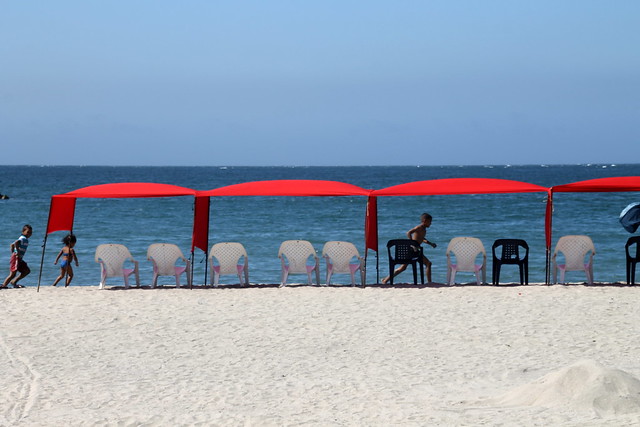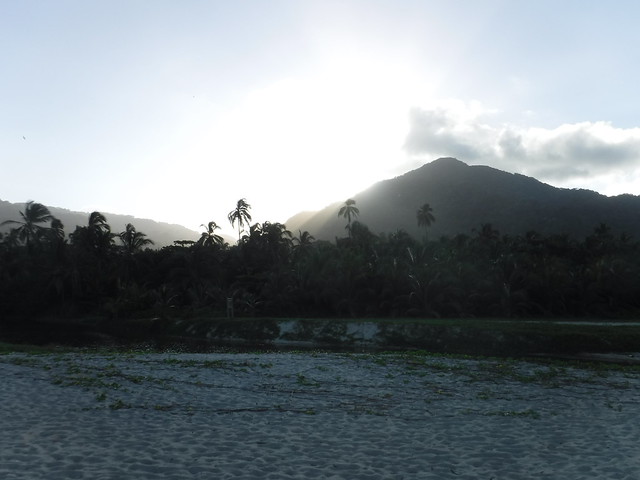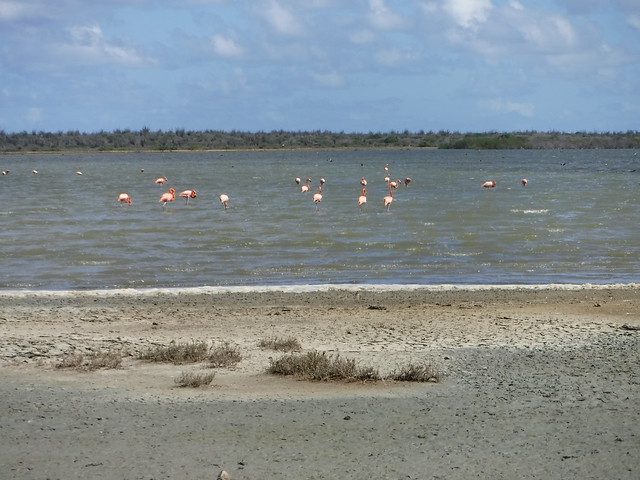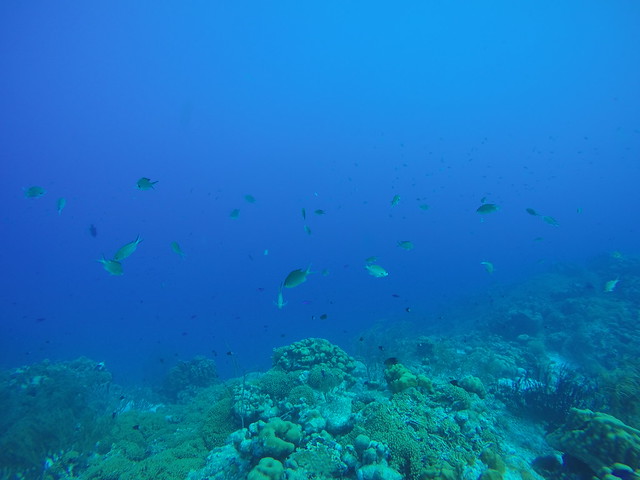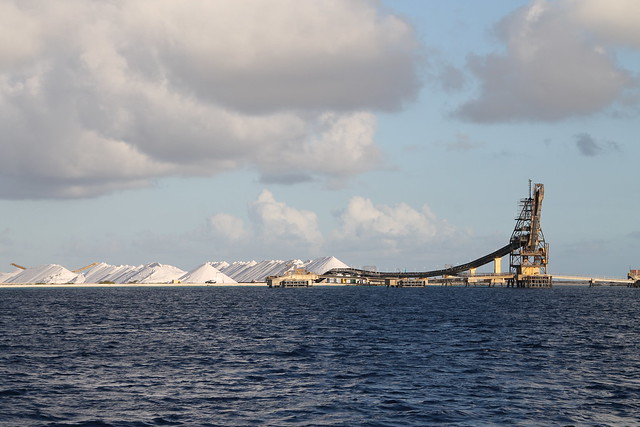2016 was a year that saw us stretching the borders of our comfort zone, both as sailors and as people. Our first stop after our weeklong passage from the familiar waters of the Bahamas was Puerto Rico—a place that definitely felt different. It was a nice way to ease us into Spanish-speaking places because everyone there is bilingual. If you struggle in Spanish, you can always switch to English, but your brain begins to get accustomed to hearing another language and picking up new words. After nine months of island-hopping, speaking mostly English, we find ourselves celebrating the New Year in South America, where it’s more of a sink-or-swim situation. Every place we go, every person we meet, every item on a menu or in a shop, requires us to speak a language in which we are only marginally proficient. It requires a lot of time and energy to do the simplest things, and we have officially left our comfort zone.
We did not know what to expect of Colombia. Growing up in the 1980s, Colombia meant three things: Juan Valdez coffee, latin dancing, and cocaine. Now that we’re here, we are getting a much richer picture of the history and culture of this place. (Actually, Juan Valdez is a chain of coffee shops, people do dance in the streets, and the native people of the Sierra Nevada do chew the coca leaf). What we have discovered is that it would take years, not months, to explore the nooks and crannies of this diverse and multi-faceted country, and even that would be just an introduction to a whole different continent. We realized quickly that we would just be scratching the surface here.
Thanks to an old friend, we were introduced to a local family who helped us ease our way into Colombian life. Leo and Silvana spent a weekend showing us around, taking us to one of their favorite beaches, Playa Tortuga, and hiking with us into Parque Tayrona (where a monkey threw nuts at me from a tree). We had them over on our boat for an afternoon cookout, and I had the pleasure of sharing coffee with Silvana on several occasions while her 7-year-old daughter Maria-Alejandra played happily with Rachel. They are bilingual, and I learned so many new words and expressions in Spanish as they answered my many questions. Making friends can make all the difference in a new place—like a doorway to understanding language, local customs, music, history, and culture.
We also ventured out on our own to do some exploring. We went to Santa Marta’s Museo de Oro, with displays of pre-Columbian gold and pottery, along with rooms dedicated to local history and culture, including the customs of the indigenous tribes that still inhabit the Sierra Nevada mountains above Santa Marta. We piled into a tiny taxi to go visit La Quinta de San Pedro Alejandrino, the hacienda where Simon Bolivar spent his last days, now a museum and memorial to the heroic South American “Liberator,” amid botanical gardens and sculptures.
We went up the mountain to the small town of Minca, hiked to a waterfall, and got to see how coffee and chocolate are grown and processed (and how some people have an itchy reaction to the biting flies, jejenes).
We spent a long weekend in the old walled city of Cartagena, living in a refurbished colonial house, going to the museum of the Spanish Inquisition and History of Cartagena, eating in great restaurants (one a cloistered convent built in 1621), exploring the labyrinthine tunnels of the Castillo San Felipe de Barajas, a 17th-century Spanish fort, and taking a chocolate-making workshop at the Museo de Cacao. And that’s just one little corner of Colombia!
But culturally speaking, the most important outings we’ve had are also the most ordinary. We’ve been going for long walks all over Santa Marta, looking for the Claro store to buy a sim card, or to the bank for cash, to the hardware store, or to try a restaurant someone has recommended. I go to the grocery store around the corner every few days, and have befriended Gustavo, the produce guy, and he sends me home each time with some new south American fruit we have never tasted. Ever heard of Uchuvas? Lulo? Zapote? How about a tomate de árbol—that’s right, tree tomato? Neither had I. Invariably, even when we don’t completely understand each other, the Colombianos are some of the most friendly and helpful people we have ever met.
On the streets the vendors are selling limonada from large acrylic tanks-on-wheels, coffee from thermoses in bicycle baskets, helados from carts with generators mounted underneath, sausages cooked on a mobile grill, and fruit smoothies made on the spot. There are people everywhere, tourists, street musicians, do-gooders looking for donations for children’s homes, candy-sellers, hat salesmen with stacks of fedoras on their heads, and break dancers who put on a show while you’re having dinner at an outdoor café. In the restaurants, you can buy arepas (a thick corn tortilla with different toppings), bunuelos (fried dough balls), shrimp ceviche, and fried, smashed green plantains with suéro (sour cream). Music with a salsa beat blares from under beach umbrellas and out of bars. Old men wearing straw hats sit on park benches and greet you cordially as you walk by, mothers push babies in strollers, and sleeping dogs are everywhere. It is a feast for the senses.
Santa Marta is a tourist destination, but not the kind we’re used to. It’s a place Colombianos come for the holidays, to soak up some sunshine and buy souvenirs. It’s a mecca for hikers and nature-lovers, people who stay in hostels and go backpacking in the Sierra Nevada mountains, looking for the Ciudad Perdida and exotic birds. There aren’t very many gringos around here, and that is part of what makes the place charming. At the same time, we understand why birds of a feather flock together, and sometimes we just want to hide out at the marina or on our boat and busy ourselves with normal life because everything else seems so different, so foreign.
Getting here through 400 miles of wind and waves was challenging and, at times, uncomfortable. Staying here is not easy, either—with the language barrier, daily tasks seem to take double the time, and there is a dearth of other kids to play with and safe places to play outside. Getting out of here will probably be uncomfortable, too, as the Colombian customs and immigration process seems to take forever and the wind this time of year is crazy and difficult to predict. Even with all that discomfort, exploring a new place is fun—to use a Colombian expression, “vale la pena” (it’s worth it). We have long wanted our children to be bilingual, to see how other people live, and to expand their horizons figuratively and literally, and that is happening, at the cost of “normal,” “familiar” and “comfortable.” To paraphrase the ineffable Stanley Schmidt (author of the Life of Fred books), “any discomfort we might be feeling is ignorance leaving our brains.” As we head to Panama to visit with Jay’s parents in Bocas del Toro, we will take these experiences with us, an introduction to Latin America that has left a good first impression.

